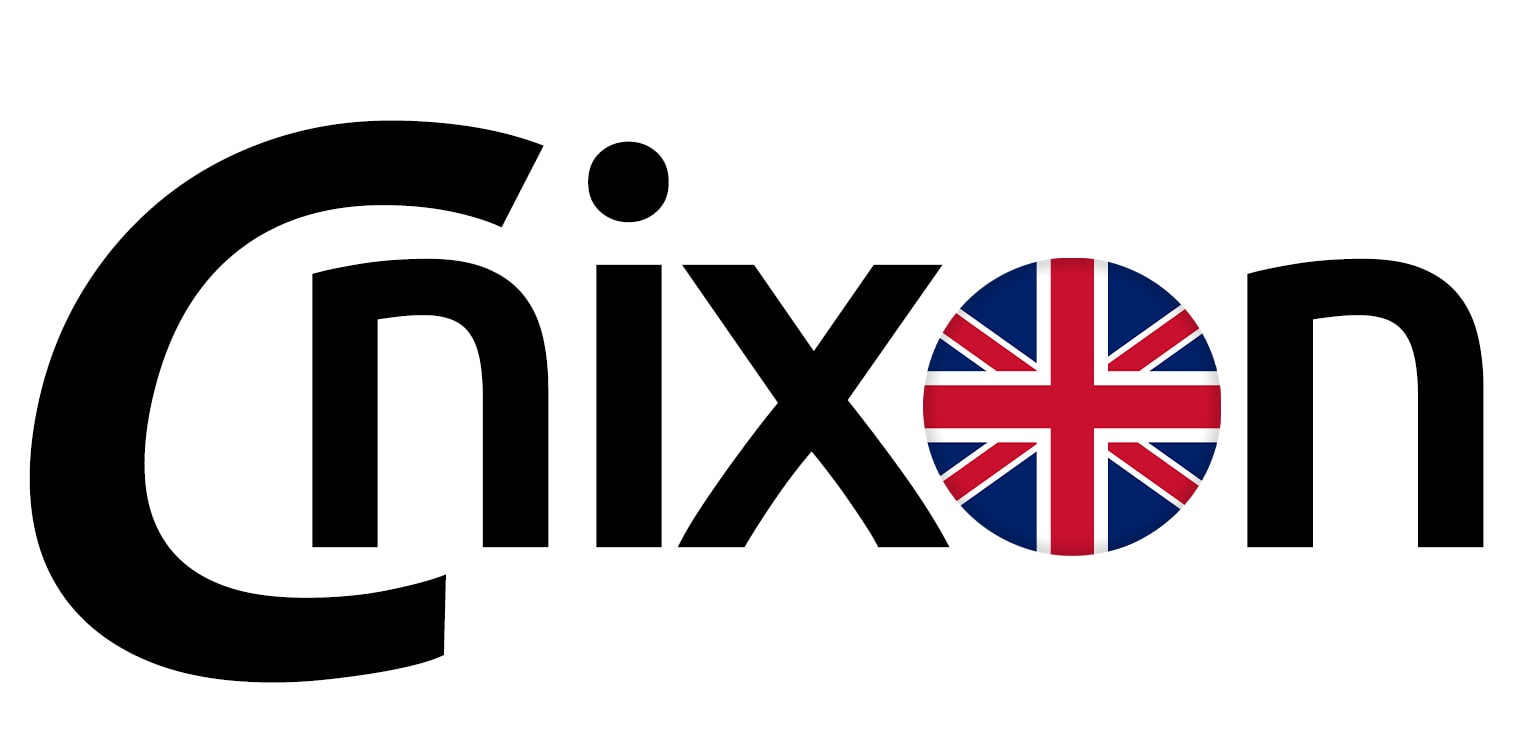Positive Contractions and Short Forms – Simple Chart
A Contraction is basically a short form of a word or words and the missing letter is then replaced with an apostrophe. These can be a verb, a modal verb or an auxiliary verb – briefly explained after the chart.
Contractions are used very often and mostly in informal everyday speech and writing but not really appropriate for formal speech or formal writing.
This table shows you how to make the short forms of 5 different verbs.
You can see the negated form of many commonly used verbs in one of my other posts.
Take a look.
| TO BE | WILL | WOULD | HAD | TO HAVE | |
I | I am | I will | I would | I had | I have |
You | you are | you will | you would | you had | you have |
He | he is | he will | he would | he had | he has |
She | she is | she will | she would | she had | she has |
It | it is | it will | it would | it had | it has |
We | we are | we will | we would | we had | we have |
They | they are | they will | they would | they had | they had |
That | that is | that will | that would | that had | that has |
There | there is | there will | there would | there had | there has |
Who | who is | who will | who would | who had | who has |
Why | why is | why will | why would | why had | why have |
A Verb
- A word used to describe an action (eat), non-action (to be)
- They change in tense e.g.: I eat an apple (Simple Present) or I ate an apple (Simple Past)
- Shows what the subject or clause is doing
- They are both needed and indispensable in any sentence
Modal Auxiliary Verb
- A verb used to indicate modality (to express a person intention, mood – “would you go if you could”)
- A verb used with another verb to express tense or mood (she must go to bed early)
- They can change the meaning of other verbs in a sentence.
- A modal auxiliary verb expresses necessity, suggestions, requests, a piece of advice, a likelihood, or a possibility.
- There are 10 modal auxiliary verbs in English: could, can, will, would, may, might, shall, should, ought and must.
- Most can be reduced to their short form, as shown below.
Modal Verb with“To Have” | Positive Short Form | Negative Short Form |
| would have | would’ve | wouldn’t |
| might have | might’ve | mightn’t |
| must have | must’ve | mustn’t |
| could have | could’ve | couldn’t |
| can have | — | can’t |
| should have | should’ve | shouldn’t |
| shall have | shall | shan’t |
Primary Auxiliary Verbs
- These are normally related to as “helping verbs”.
- They add functional meaning.
- They generally accompany a main verb to outline its tense.
- There are 3 primary auxiliary verbs: to do, to have and to be.


Leave a Reply